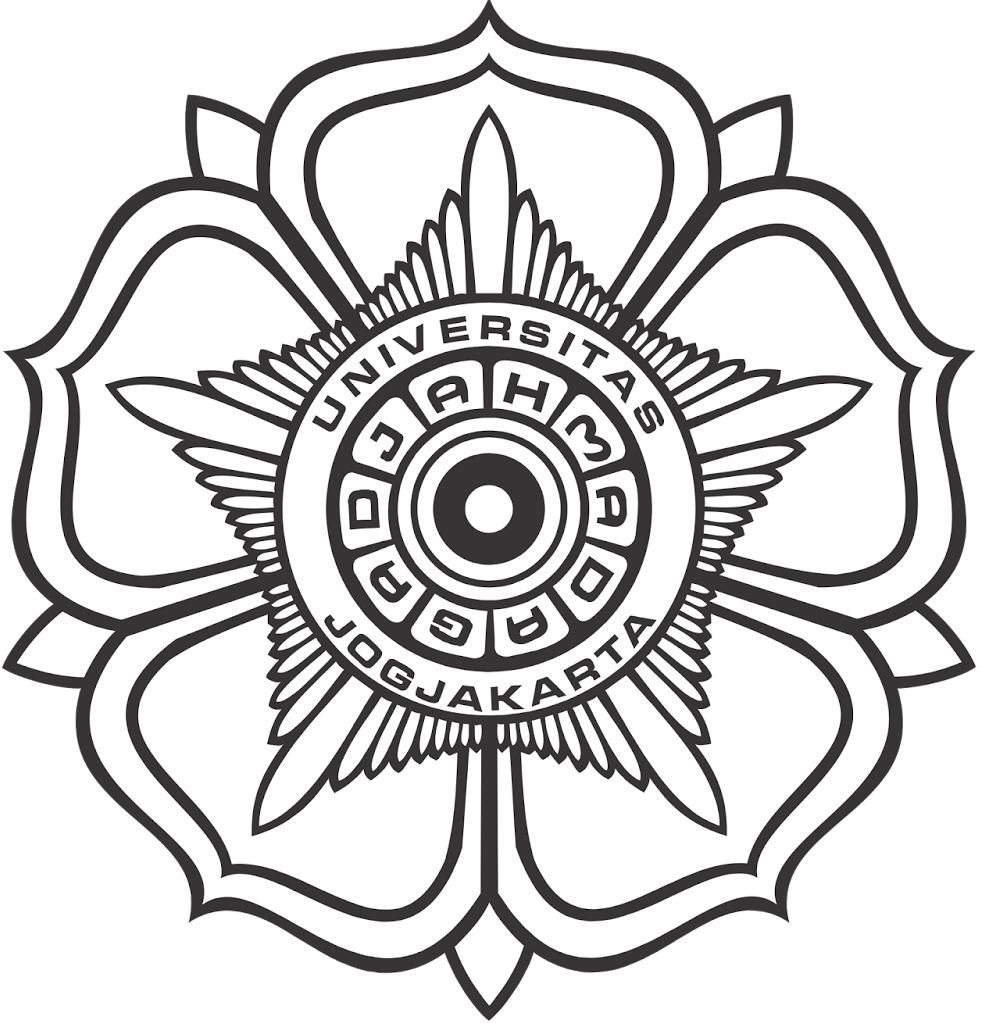Pharmacokinetic profile of carbamazepine and its metabolites on Javanese and Chinese ethnics in Indonesia
Abstract
Carbamazepine (CBZ) is an anticonvulsant widely used for epilepsy treatment. However, it is difficult to establish suitable dosage regimens for this drug because of the variation on its pharmacokinetics profiles. A lot of evidences indicate that ethnic differences may affect pharmacokinetics and hence dosage requirements. The study was conducted to document pharmacokinetic profile of CBZ and its metabolites on Javanese and Chinese ethnics in Indonesia. The study was carried out in 26 Javanese and 24 Chinese ethnics healthy volunteers, Blood samples were collected serially. Carbamazepine and its metabolites was assayed by HPLC. The results showed that no significant differences in pharmacokinetic parameters were observed between both ethnics. The values of AUC0-~, Cmax, Tmax, and t1/2 CBZ on Javanese ethnic are 652.44 ± 254.79 µg/mL.h, 8.93 ± 3.58 µg/mL, 11.53 ± 2.16 h, and 43.70 ± 12.50 h respectively, while on Chinese ethnic are 830.27 ± 809.57 µg/mL.h, 13.29 ± 17.46 µg/mL, 9.97 ± 2,90 h, and 41.27 ± 13.50 h, respectively. However, a significant interindividual variation in CBZ metabolism was observed in both ethnics as shown in its large variation in metabolic ratio. The metabolic 10,11-epoxide CBZ and trans-10,11 CBZ concentration ratio on Javanese ethnic are 0.07 ± 0.03 and 0.13 ± 0.14, while on Chinese ethnic are 0.35 ± 0.99 and 0.14 ± 0.11. It can be concluded, that the Pharmacokinetic of CBZ and its metabolites on Javenes ethnic is not different compared to Chinese ethnic. In addition, there is a significant interindividual variation in pharmacokinetics profile on both ethnics.
Key words: Carbamazepine, Javanese, Chinese, pharmacokinetics, epilepsy
Full Text:
PDF 1-7References
Bonato, P. S., Lanchote, V. L., and Carvalho, D. 1992. Measurement of carbamazepine and its main biotransformation products in plasma by High Performance Liquid Chromatography. J. Anal Toxicol, 16, 88-92.
Chadwick, D. 1999. Safety and efficacy of vigabatrin and carbamazepine in newly diagnosed epilepsy: a multicentre randomised double-blind study. Vigabatrin European Monotherapy Study Group. Lancet, 354, 13-19.
Chan, E., Lee, H. S., and Hue, S. S. 2001. Population pharmacokinetics of carbamazepine in Singapore epileptic patients. Br J Clin Pharmacol, 51, 567-576.
Homsek, I., Parojcic, J., Cvetkovic, N., Popadic, D., and Djuric, Z. 2007. Biopharmaceutical characterization of carbamazepine immediate release tablets. Drug Res, 57 8, 511-516.
Jelliffe, D. B. 1966. The Assesment of Nutritional Status of The Community. World Organization, Geneva.
Kwan, P., and Brodie, M. J. 2000. Early identification of refractory epilepsy. N. Engl. J. Med, 342: 314-319.
Liu, H. and Delgado, M. R. 1994. Infuence of sex, age, weight, and carbamazepine dose on serum concentrations, concentration ratios, and level/dose ratios of carbamazepine and its metabolites. Ther Drug Monit, 16, 469-476.
Owen, A., Pirmohamed, M., Tettey, J.N., Morgan, P., Chadwick, D., and Park, K. 2001. Carbamazepine is not a substrate for P-glycoprotein, Br. J. Clin. Pharmacol, 51, 345-349.
Tate, S. K., Depond, C., Sisodiya, S. M., Cavalleri, G. L., Schorge, S., Soranzo, N., Thom, M., Sen, A., Shorvon, S. D., Sander, J. W., Wood, N. W., and Goldstein, D. B. 2005. Genetic predictors of the maximum doses patients receive during clinical use of the antiepileptic drugs carbamazepine and phenytoin. PNAS, 102, 15, 5507-5512.
Tothfalusi, L., Speidl, S., and Endrenyi, L. 2007. Exposure-response analysis reveals that clinically important toxicity difference can exist between bioequivalent carbamazepine tablets. Br. J. Clin. Pharmacol, 65, 1, 110-122.
DOI: http://dx.doi.org/10.14499/indonesianjpharm0iss0pp1-7
Refbacks
- There are currently no refbacks.
Copyright (c) 2017 INDONESIAN JOURNAL OF PHARMACY

This work is licensed under a Creative Commons Attribution-ShareAlike 4.0 International License.
Indonesian J Pharm indexed by:







































